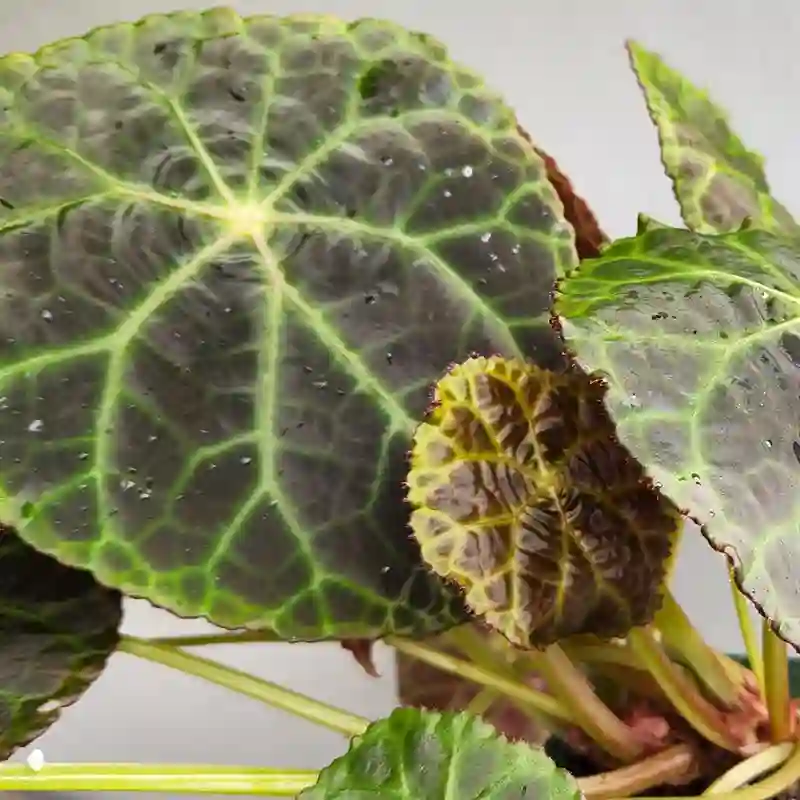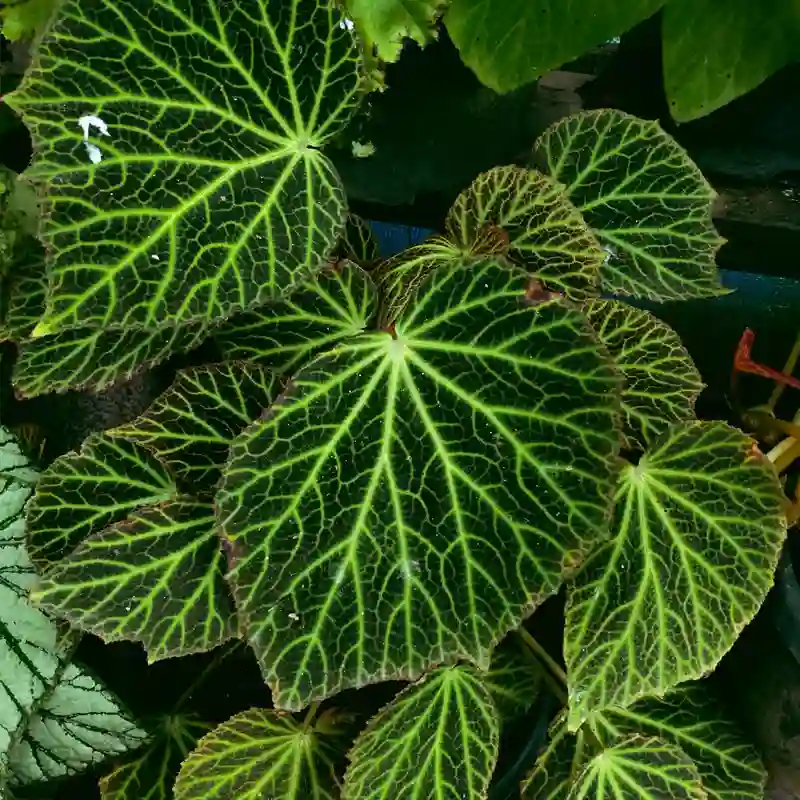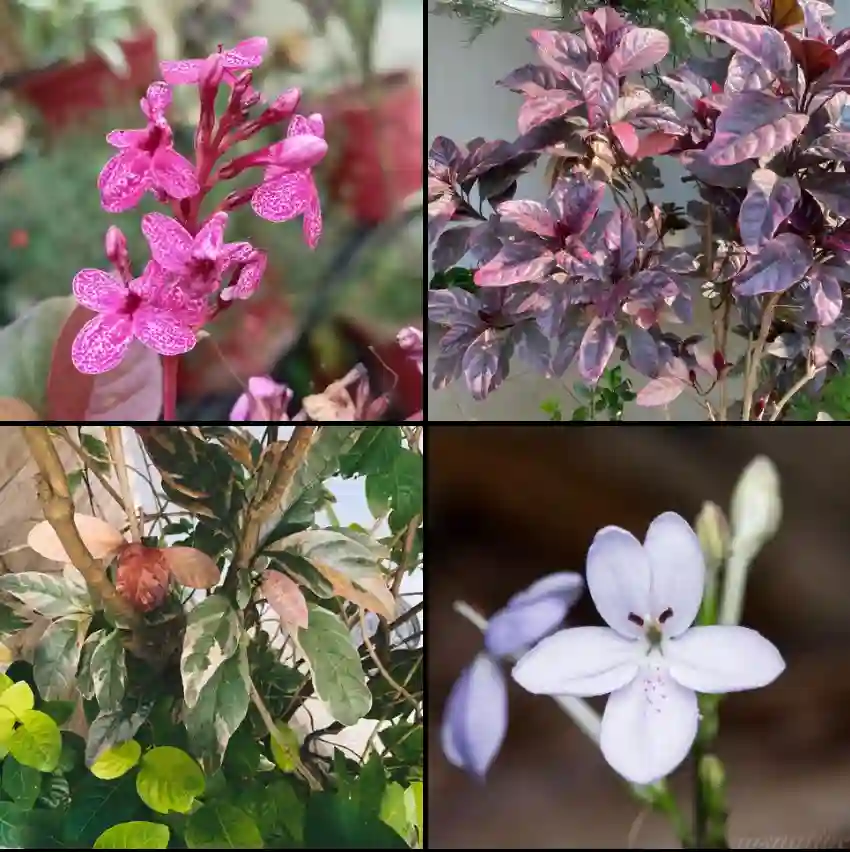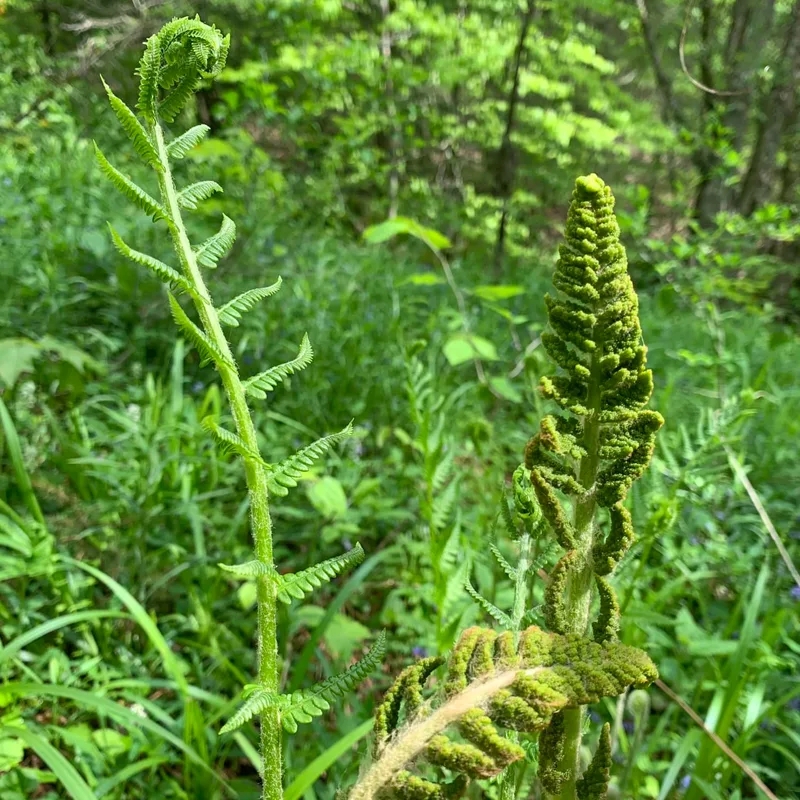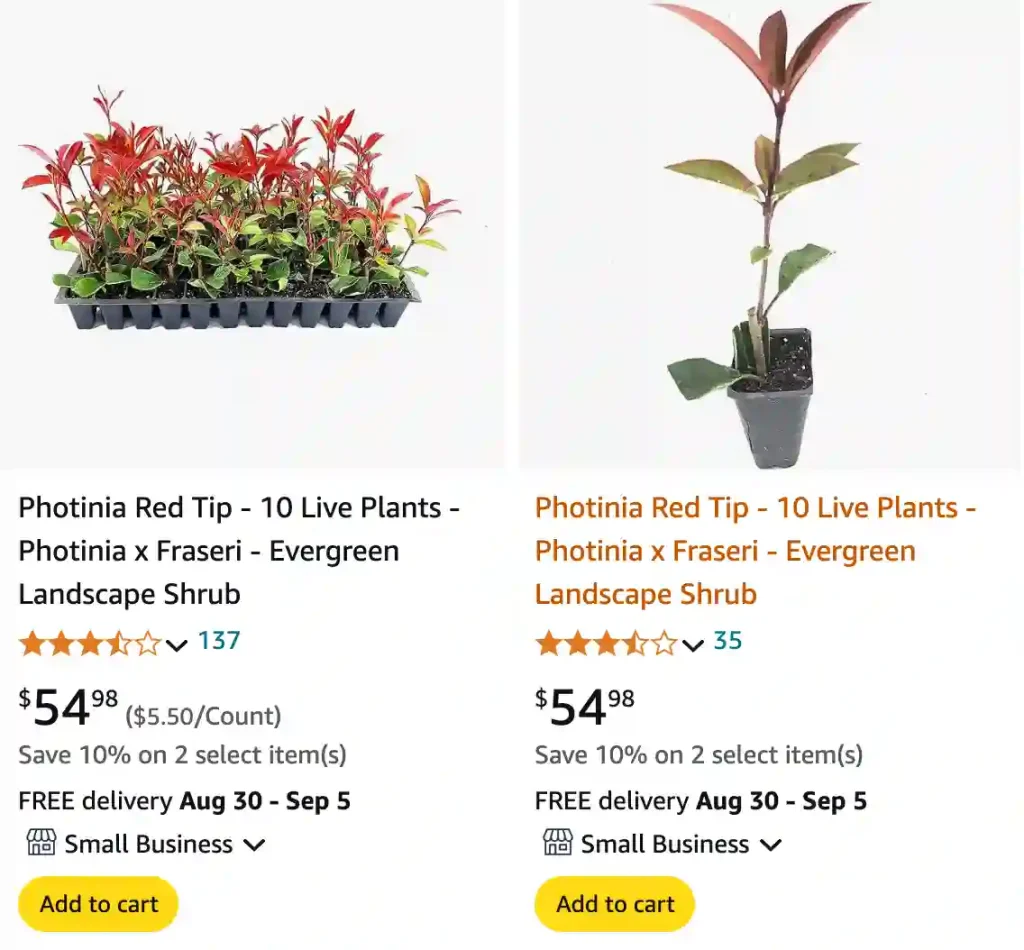
FAQs About Red Tip Photinia
Red Tip Photinia, also known as Photinia x Fraseri, is a popular ornamental shrub that is widely loved for its vibrant red foliage and its use as a privacy hedge. Over the years, I’ve had the pleasure of growing and maintaining Red Tip Photinia in my garden, and through my experience, I’ve come across a lot of questions that people often ask. Here are some of the most frequently asked questions about Red Tip Photinia, along with my insights and tips.
29 Species in Genus Photinia
How Fast Do Red Tip Photinia Grow?
One of the reasons Red Tip Photinia is so popular is due to its fast growth rate. On average, these shrubs can grow between 1 to 3 feet per year, depending on the growing conditions. They thrive in full sun and well-drained soil, which helps them reach their maximum growth potential. If you’re looking to create a privacy screen or a hedge quickly, Red Tip Photinia is an excellent choice.
How Tall Do Red Tip Photinia Grow?
Red Tip Photinia can grow quite tall if left unpruned. Mature plants typically reach a height of 10 to 15 feet, and in some cases, they can grow up to 20 feet tall. This makes them ideal for use as a privacy barrier or windbreak. However, they can also be pruned and maintained at a shorter height if desired, making them versatile for various landscaping needs.
What to Plant with Red Tip Photinia?
When planning a garden, it’s essential to consider companion plants that complement Red Tip Photinia. Some great options include evergreens like Holly, which provides year-round interest and texture. You might also consider flowering plants like Azaleas and Camellias that thrive in similar soil conditions. Mixing these plants can create a beautiful, layered look in your garden.
Where to Buy Red Tip Photinia Near Me?
Finding Red Tip Photinia is relatively easy since they are a popular choice for landscaping. Most local nurseries and garden centers stock them, especially in regions where they are commonly planted. For convenience, you can also check online garden stores, which often have a wider selection and can deliver plants directly to your doorstep.
Do Red Tip Photinia Lose Leaves in Winter?
Red Tip Photinia is an evergreen shrub, which means it retains its leaves throughout the year. However, it may shed some older leaves in the winter, which is a natural process. In colder climates, you may notice more leaf drop, but generally, they hold onto their foliage, providing year-round greenery.
When to Plant Red Tip Photinia in Texas?
If you’re planting Red Tip Photinia in Texas, the best time to do so is in the fall or early spring. Planting during these times allows the shrub to establish its roots before the extreme heat of the summer or the cold of winter. Texas’s climate is quite suitable for Red Tip Photinia, and with proper care, they can thrive in the Lone Star State.
When to Prune Red Tip Photinia in Texas?
Pruning Red Tip Photinia is crucial for maintaining its shape and encouraging new growth. In Texas, it’s best to prune these shrubs in late winter or early spring, just before new growth begins. This timing allows you to remove any dead or diseased branches and shape the plant before it starts its growth spurt.
Are Red Tip Photinia Deer Resistant?
In my experience, Red Tip Photinia is moderately deer-resistant. While deer may occasionally browse on the foliage, they generally avoid it, especially when other food sources are available. This makes Red Tip Photinia a good choice for gardens in areas where deer are common.
Are Red Tip Photinia Poisonous to Dogs?
Yes, Red Tip Photinia is considered toxic to dogs. The leaves contain cyanogenic glycosides, which can cause symptoms like vomiting, diarrhea, and difficulty breathing if ingested. If you have pets, it’s important to be aware of this and monitor them to ensure they don’t chew on the leaves.
Are Red Tip Photinia Roots Invasive?
The root system of Red Tip Photinia is not particularly invasive, making it a suitable choice for planting near foundations or other structures. However, like any plant, it’s best to give them enough space to grow and not plant them too close to buildings or underground utilities.
Can You Transplant Red Tip Photinia?
Yes, you can transplant Red Tip Photinia, but it’s best done in the cooler months, such as fall or early spring. When transplanting, make sure to dig up a large enough root ball and replant it in a location with similar soil conditions. Water the plant well after transplanting to help it establish in its new spot.
Do Red Tip Photinia Attract Bees?
Red Tip Photinia produces small, white flowers in the spring, which can attract bees and other pollinators. This is a bonus for gardeners looking to support local pollinator populations. The flowers add a delicate touch to the vibrant red and green foliage.
How to Care for Red Tip Photinia?
Caring for Red Tip Photinia involves regular watering, especially during dry spells, and occasional fertilizing to promote healthy growth. Pruning is also essential to maintain the desired shape and encourage vibrant red new growth. Be sure to monitor for common issues such as leaf spot, which can be managed with good air circulation and proper watering practices.
Common Problems with Red Tip Photinia
One of the most common problems with Red Tip Photinia is Entomosporium leaf spot, a fungal disease that causes red spots on the leaves. This disease is more prevalent in humid conditions. To prevent it, ensure good air circulation around the plants, avoid overhead watering, and remove any affected leaves promptly.
Red Tip Photinia is a versatile and attractive shrub that can enhance any garden. With proper care and attention, they can thrive and provide vibrant color and privacy for years to come. Whether you’re planting a hedge, looking for a deer-resistant plant, or just adding some year-round greenery to your garden, Red Tip Photinia is a fantastic choice.
If i die, water my plants!
